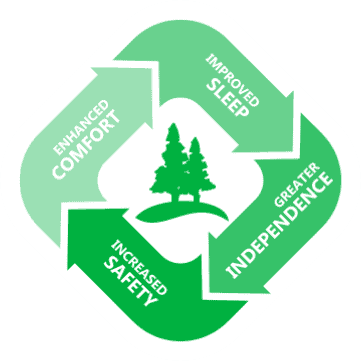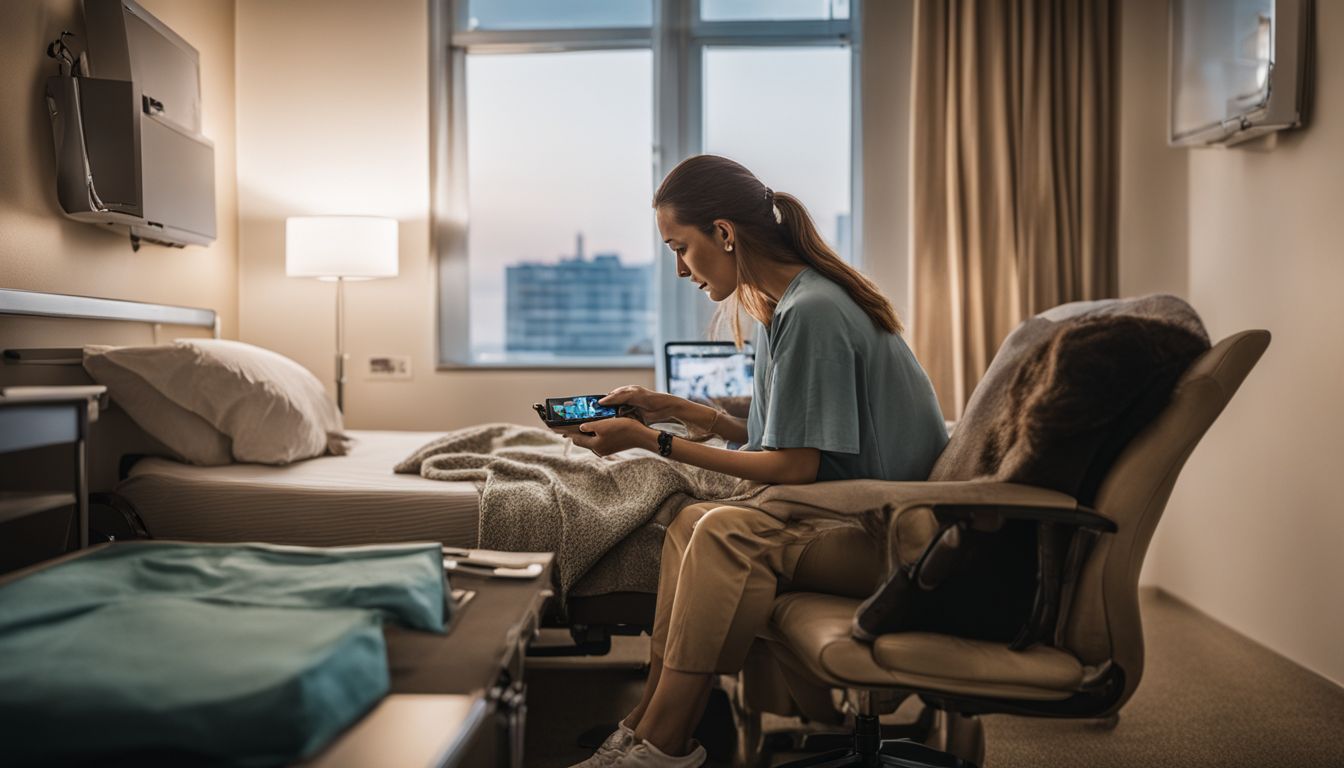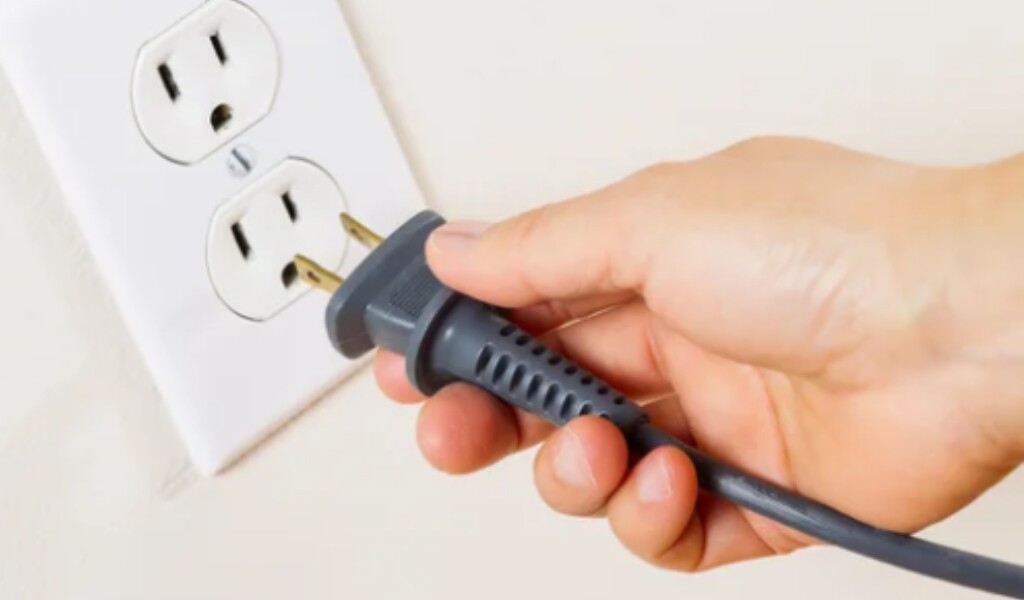Learn About The Use of Hospital Beds In Hospice
Luxury Hospital Beds Provide Safety & Comfort To Hospice Patients
One of the main reasons for using a hospital bed for palliative care is that the user requires comfort and stability at this stage of their life. The many features of a SonderCare hospital bed maximize both, and people in need of improved life care – as well as their families and care team – can rest easier.
Caregivers and their patients can raise or lower the surface of a hospital bed using the hi-low elevation feature. It makes it easier for those with physical restrictions or who need mobility equipment such as wheelchairs. For people who might wander during the night, the health care team can lower the bed to prevent any damage should they fall and suffer and injure themselves attempting to get out of bed. A lower mattress also makes it more difficult for these patients to exit the bed, reducing the likelihood of a patient falling out of bed.
Hi-low elevation isn’t the only helpful feature for keeping the patient safe. Assistive rails can be adjusted to prevent the patient from falling out of the bed. The hospice team may also use them to help facilitate entry or exit from the bed. Stable railings give the individual something to hold onto when they have difficulty getting up.
Preventing Bed Sores in Hospice Is Crucial To Care
Many in hospice care are at a high risk of developing bed sores. Also known as pressure injuries or pressure ulcers, bed sores are localized tissue damage that can occur when someone is in the same position for too long. The unrelieved pressure, friction, or shearing forces create open sores and lesions. Pressure must be relieved on sensitive body parts several times an hour across the mattress surface.
Hospital beds use special mattresses that can both contour to the positions of the bed and provide pressure relief for those who can’t move on their own, are in intensive care, or depend on a ventilator. These pressure redistribution mattresses have memory foam and an infused cooling gel to help reduce the risks and regulate body temperature.
The features of a SonderCare luxury hospital bed make it easier for someone using the bed to reposition themselves (should they have the strength to do so) or for their health care team to help. Hi-low functionality, adjustability, and stable assist rails make it easier for the hospice patient to avoid painful, even life-threatening bed sores and improve their quality of life.
They Help Hospice Caregivers, Too
Most workers on a hospice team know the proper body mechanics for moving or transferring a patient. However, a bed they can adjust or elevate can prevent stress injuries among caregiver staff and improve the patient’s quality of life.
A hospital bed lets a hospice team provide better life care. An essential duty is assisting patients when they must get out of bed, but there is a risk of strained muscles when the caregiver tries to give the patient a bed shower, change their linen, or help them reposition. By elevating the surface of the bed, it is easy for the care staff to reach the patient and avoid abnormal positions.
No matter what one’s needs, a hospice team will try to ensure their patients have the best equipment available and the patients’ families can help. A hospital bed improves the quality of care and will be a necessary source of support and comfort.
- Hospital beds are essential for hospice care as they provide comfort and safety for the patients.
- Hi-low elevation, adjustable assistive rails and memory foam mattresses help reduce the risk of bed sores and improve the patient’s quality of life.
- Hospital beds also assist caregivers by preventing stress injuries and allowing for easier patient transfer and care.
- A hospital bed is necessary for providing high-quality care and comfort to hospice patients.
Frequently Asked Questions About Hospice Beds and Care
A hospital bed provides comfort and stability to the patient, and helps prevent bed sores. The hi-low elevation feature makes it easier for those with physical restrictions or who need mobility equipment such as wheelchairs to get in and out of the bed. The assistive rails can be adjusted to prevent the patient from falling out of bed and help the hospice team facilitate entry or exit from the bed.
Hospital beds use special mattresses that contour to the positions of the bed and provide pressure relief for those who can’t move on their own. These pressure redistribution mattresses have memory foam and an infused cooling gel to help reduce the risks of bed sores and regulate body temperature.
Yes, the hi-low elevation and assistive rails of a hospital bed can be adjusted to meet the needs of the patient.
A hospital bed prevents stress injuries among caregiver staff and makes it easier for them to assist the patient when they must get out of bed. The hi-low elevation feature also makes it easy for care staff to reach the patient and avoid abnormal positions.











